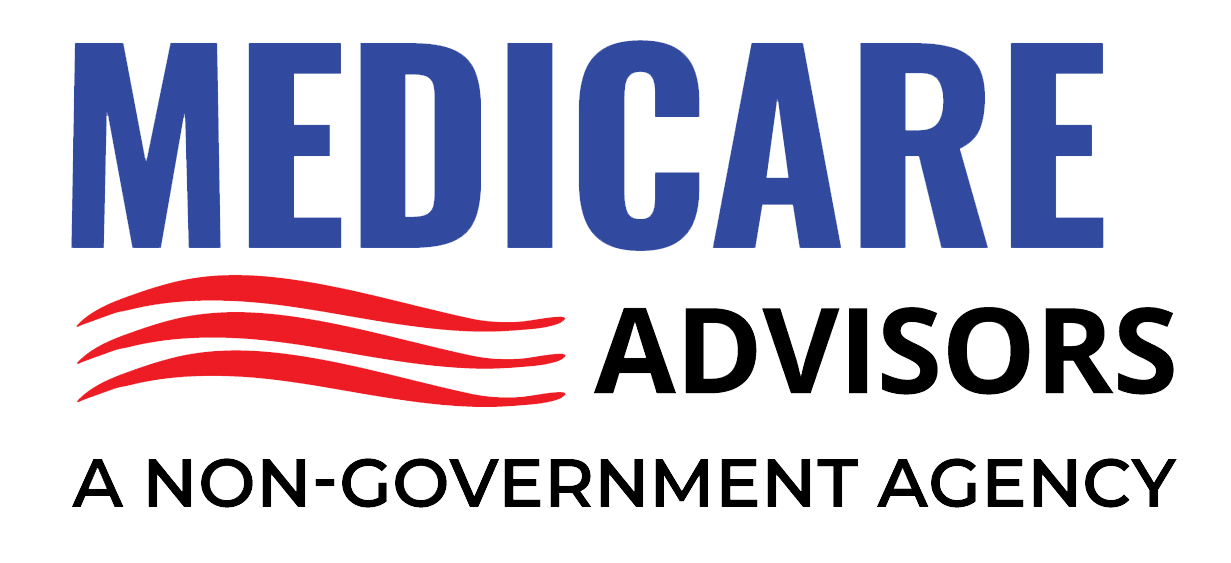Whole Life
Product Overview
A Whole Life Insurance policy provides lifelong protection and includes “cash value” which grows steadily throughout the life of the policy. The death benefit of a whole life policy is typically paid to the beneficiaries tax-free and the cash value grows tax deferred.
If structured properly a policyholder can take a tax-free loan against the cash value in their policy. This loan and interest will reduce the death benefit. The client can repay the loan at their discretion. Some policies allow the client to “withdraw” a portion of the cash value as well.
Two types of whole life are:
Participating – The policy has the possibility of receiving dividends each year. Dividends are a reimbursement of premium and maybe received tax-free. Some of the common uses of dividends are paid in cash, reduce the premium, or paid up additions (which enhance the cash value and death benefit). Dividends are not guaranteed, they can change every year of the policy. The death benefit could increase over the years due to the Dividends.
Nonparticipating – This policy has a level death benefit and does not have the possibility of receiving dividends. Cash value does not grow fast and the death benefit does not increase.
Whole Life Advantages
- Guaranteed premium that will never increase
- Death benefit is guaranteed for life as long as premiums are paid
- Cash value is guaranteed to increase every year (assuming no loans or withdrawals from the policy)
- Most whole life plans offer a paid up policy option: no more premiums using a reduced paid up policy at that time.
How to Get Started with Whole Life Insurance
If you decide to offer Whole Life Insurance, we recommend talking to someone from the Medicare Advisors team of experts. They will provide answers to your questions and show you tools to support you during the sales process.
